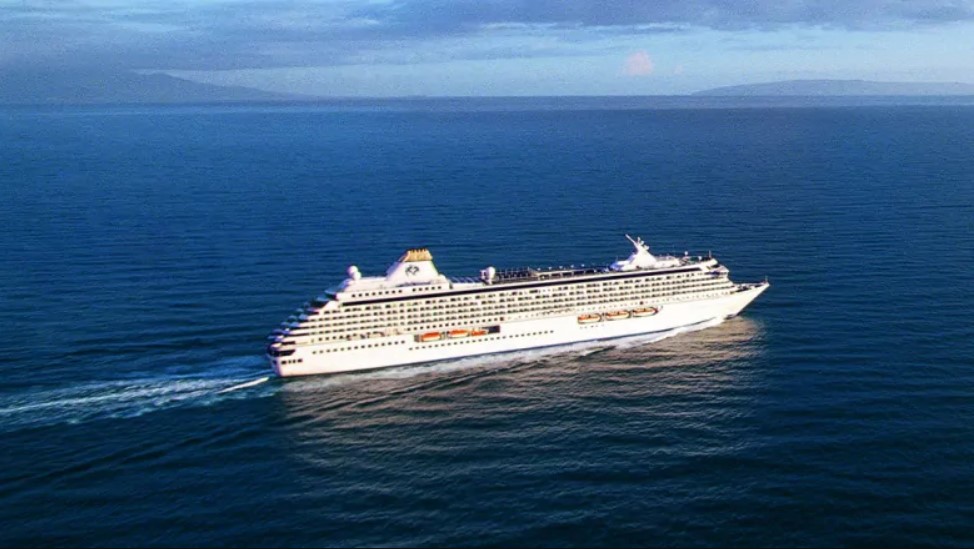Nunavut missing out on tourism dollars: report | CBC News
Study shows more cruise ship passengers coming to Nunavut but spending little in the territory
John Van Dusen · CBC News · Posted: Apr 26, 2016 3:00 AM CT | Last Updated: April 26, 2016

A new study shows more cruise ship passengers are coming to Nunavut but spending far less money in the territory than other visitors.
A survey of tourists between May and October of 2015 by Toronto-based Insignia Marketing Research shows a drastic difference in how much people are spending once they arrive.
- Arctic rescue fears loom as massive cruise ship prepares to sail Northwest Passage
- Crystal Serenity to become 1st luxury ship to tackle Northwest Passage
The study shows cruise ship passengers spent $692 in the territory on average, compared with other visitors, who dropped more than $2,500.
The difference comes down to accommodations and meals, according to the president of Insignia Marketing.
“They’re leaving their money, basically, with the cruise ship company,” said David Thexton.
“There’s a big opportunity with cruise ship people with making more retail products, more carving and more artwork available because they really want that. They want more opportunities to shop and take more souvenirs back with them.”
A total of 2,750 cruise ship passengers visited Nunavut in 2015, up 860 passengers from 2011. Two-thirds of cruise-ship passengers were over the age of 65 with more than half (55 percent) visiting from outside of Canada.
While the report notes the high cost of cruises – pegging the average price at $17,000 – when it comes to spending money onshore, passengers spent nearly four-times less than other tourists.
“One thing communities really need to do is make sure they really have a point of sale system,” said Kevin Kelly, the CEO of Nunavut Tourism. “An easy way for people to be able to spend their money, especially with arts and crafts,”
‘People want Inuit products and services’
The report separated tourists into four categories: cruise ship passengers, tourists visiting friends and family in the territory, land-based travellers and business travellers. That last group, at 69 per cent, made up the vast majority of the 16,750 people who visited Nunavut during the survey period.
Altogether, tourists spent $37.88 million in the territory, excluding the cost of travel to and from Nunavut.
Kelly said that business travellers want opportunities to tour the territory, but finding an outfitter to take them out on the land can be a challenge, resulting in only four percent of business travellers purchasing guided trips.
“I travel a fair bit within the territory, and you show up in the airport and there’s no advertisement in the airport for somebody’s services,” he said.
“Everyone complains with the high cost of travel. Well, they’re already there. So take advantage of them while they’re there and offer up an hour-long tour, or two-hour snowmobile ride, or a walking tour.
“That’s the easy stuff to go after and that’s where a lot of Nunavut operators are missing out.”
Kelly encourages Nunavummiut to start their own outfitting companies, in order to fill growing demand in the territory.
“People want Inuit products and services,” he said. “They want Aboriginal-run, Aboriginal-owned, Inuit-owned businesses to carry out these products.
“The major part of the problem here is that we need more operators. We need more products.”

